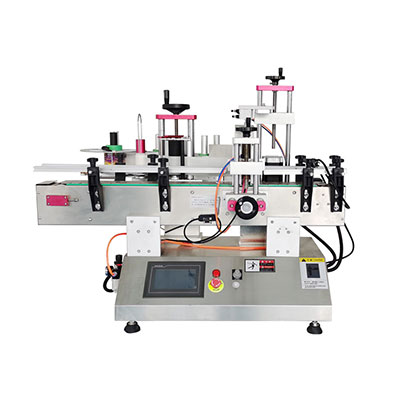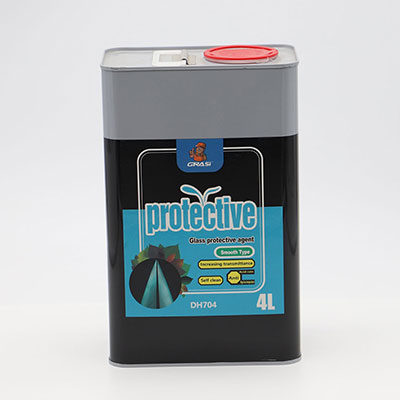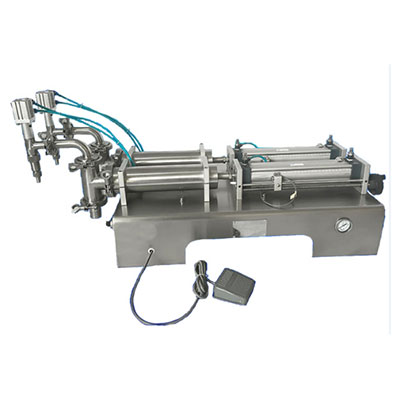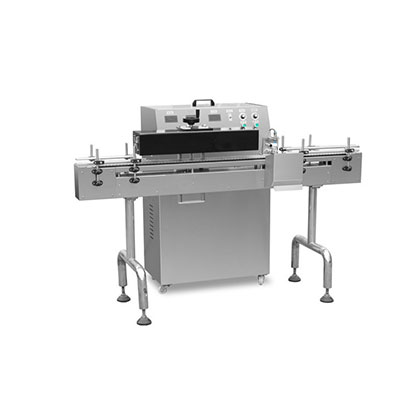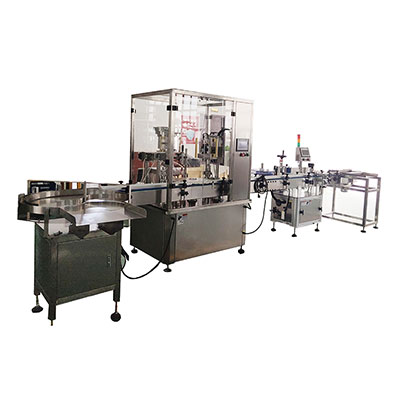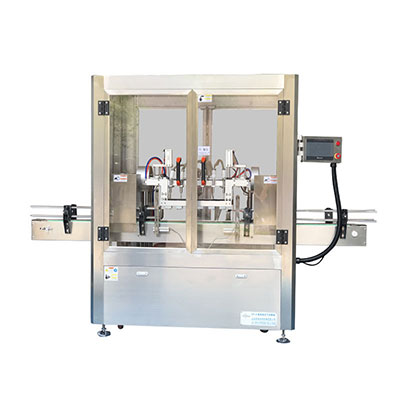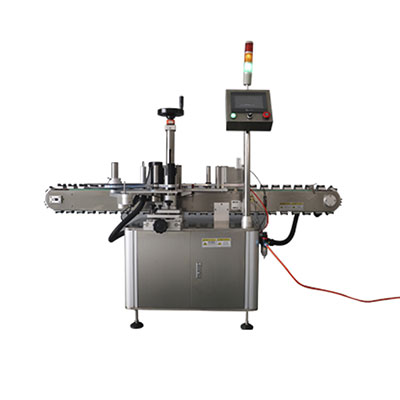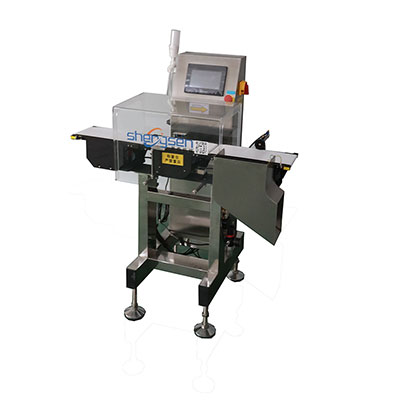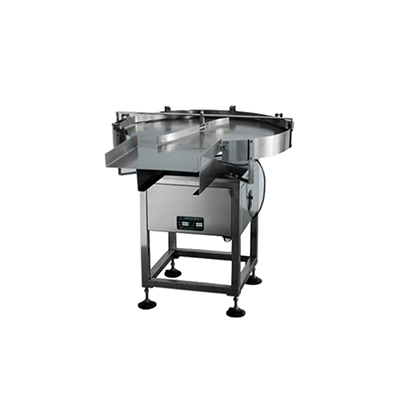Dockless Bike Sharing System
Dockless bike sharing systems have been increasing in popularity as they do not require docking posts or management boxes to manage the bikes. The bikes can be parked wherever is most convenient for the users. Dockless bike sharing systems help minimize the startup costs of these systems and offer users and administrators added convenience.
Dockless bike sharing systems consist of bikes and the users unlock the bikes via a mobile phone APP software system. There are two ways to unlock a bike: by scanning QR code or via GPRS wireless connecting.
Disorderly parking and theft are common problems associated with dockless bike sharing systems, therefore we have installed GPS tracking chips inside our Bluetooth locks in the bike. By installing a vibration sensor, when a bike is abnormally unlocked or damaged, the anti-theft system will immediately send an alert via GPRS wireless connection. Some features also provide a better user experience such as lock/unlock notice, low-power alert, and a bike finding assist light at night.
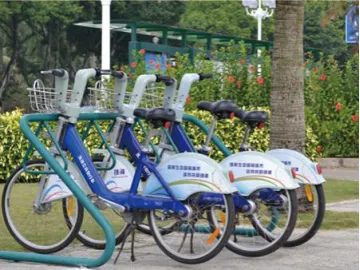
There are two ways to unlock a bike: ①Scan the QR code on the bicycle fender; ②Insert Bluetooth lock serial number in the mobile phone APP.
Components ① Bike with Bluetooth LockThe bluetooth lock is powered and charged by the solar panel on the bicycle fender, the solar panel collects and converts solar power to electricity to power the Bluetooth lock. Two ways to unlock a bike: ①Scan the QR code on the bicycle fender; ②Insert Bluetooth lock serial number in the mobile phone APP. All convenient. Without the limit of bike docking post, bike with Bluetooth lock features more flexibility. Bluetooth sensor rod (aka, electronic fence) is optional, which helps avoid disorderly parking while maintaining flexibility. ② Bluetooth Sensor Rod (aka, Electronic Fence)
The smart Bluetooth sensor rod features an innovative design, looks like a pole for indicator, which is easy to notice. The Bluetooth device and battery are built inside the rod. When a bike is inside the Bluetooth sensory area, the lock inside the bike will be paired with Bluetooth device inside the Bluetooth sensor rod, bike locking function is activated, and the bike is able to be returned.
Solar panel can be installed to power the Bluetooth sensor rod according to customer’s need, which makes the system eco-friendlier, and makes the battery more durable.
Main parametersVoltage: 36V Current: 12.8A Response time: ≤5 seconds ③Service System
Tracking and data communicating function; Mobile phone unlocking function; Set electronic fence with app, to appoint certain areas for parking; Automatically stop bike renting by locking; With built-in sensor, buzzer alarm will be activated when the bike is abnormally locked/unlocked, damaged for moved; Constant switch ≧ 15,000 times; Low voltage alarm; Power consumption ≦ 30UA; Unlock delay ≦ 5s; Working temperature: -25℃-+75℃; Working humidity: 0%-90%RH, no condensation. Water, shock, rust, and damage resistant; Unified installation with bikes. Optimal Plans (Reference Only) ① Small-Scale Plan
Suitable population/city size: 80,000/4km2, suitable for downtown area with tiny roads. Electronic fence site number: 60 Bluetooth sensor rod number: 60 Bike number: 500 Recommended bike type: bike with Bluetooth lock ② Medium-Scale Plan
Suitable population/city size: 100,000-140,000/10km2, suitable for downtown area with tiny roads. Electronic fence site number: 180 Bluetooth sensor rod number: 180 Bike number: 1000 Recommended bike type: bike with Bluetooth lock ③ Large-Scale Plan
Suitable population/city size: 500,000/15km2, suitable for downtown area with tiny roads and dense population. Electronic fence site number: 2000-3000 Bluetooth sensor rod number: 2000-3000 Bike number: 15000 Recommended bike type: bike with Bluetooth lock
Links:https://www.globefindpro.com/products/19749.html
-
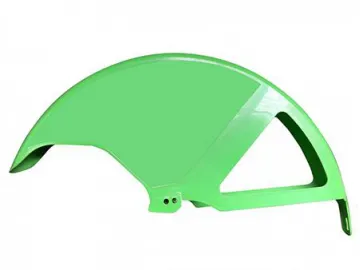 Bicycle Fender
Bicycle Fender
-
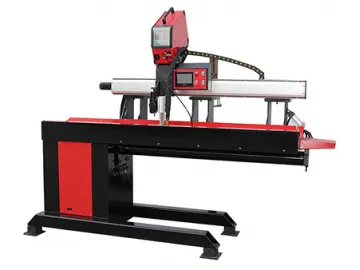 Longitudinal Seam Welding Machine, MIG Welder
Longitudinal Seam Welding Machine, MIG Welder
-
 Rotary Welding Robot, MIG Welder
Rotary Welding Robot, MIG Welder
-
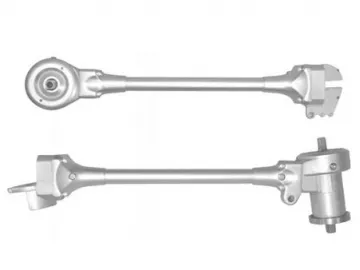 Bicycle Drive Shaft
Bicycle Drive Shaft
-
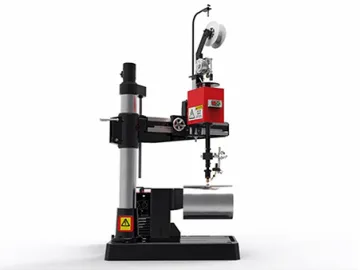 Rotary Welding Robot, TIG Welder
Rotary Welding Robot, TIG Welder
-
 Rotary Welding Robot
Rotary Welding Robot
-
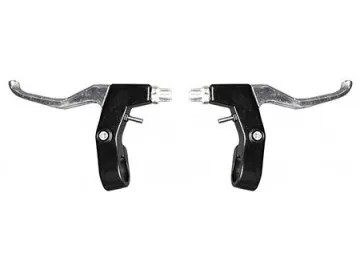 Bike Brake
Bike Brake
-
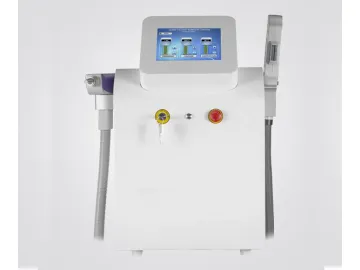 YAG Laser IPL Multifunction beauty Machine
YAG Laser IPL Multifunction beauty Machine
-
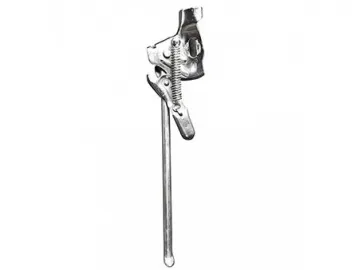 Kickstand
Kickstand
-
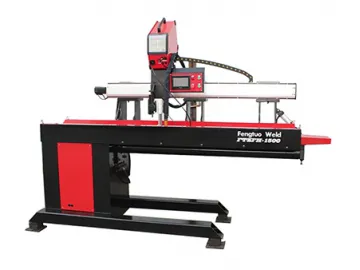 Longitudinal Seam Welding Machine, TIG Welder
Longitudinal Seam Welding Machine, TIG Welder
-
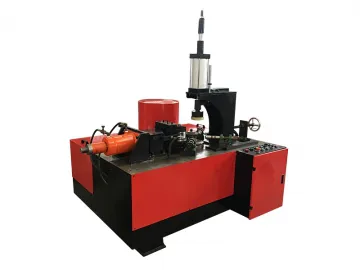 Swaging Machine
Swaging Machine
-
 Plate Rolling Machine, 2 Roll Plate Bending Machine
Plate Rolling Machine, 2 Roll Plate Bending Machine
